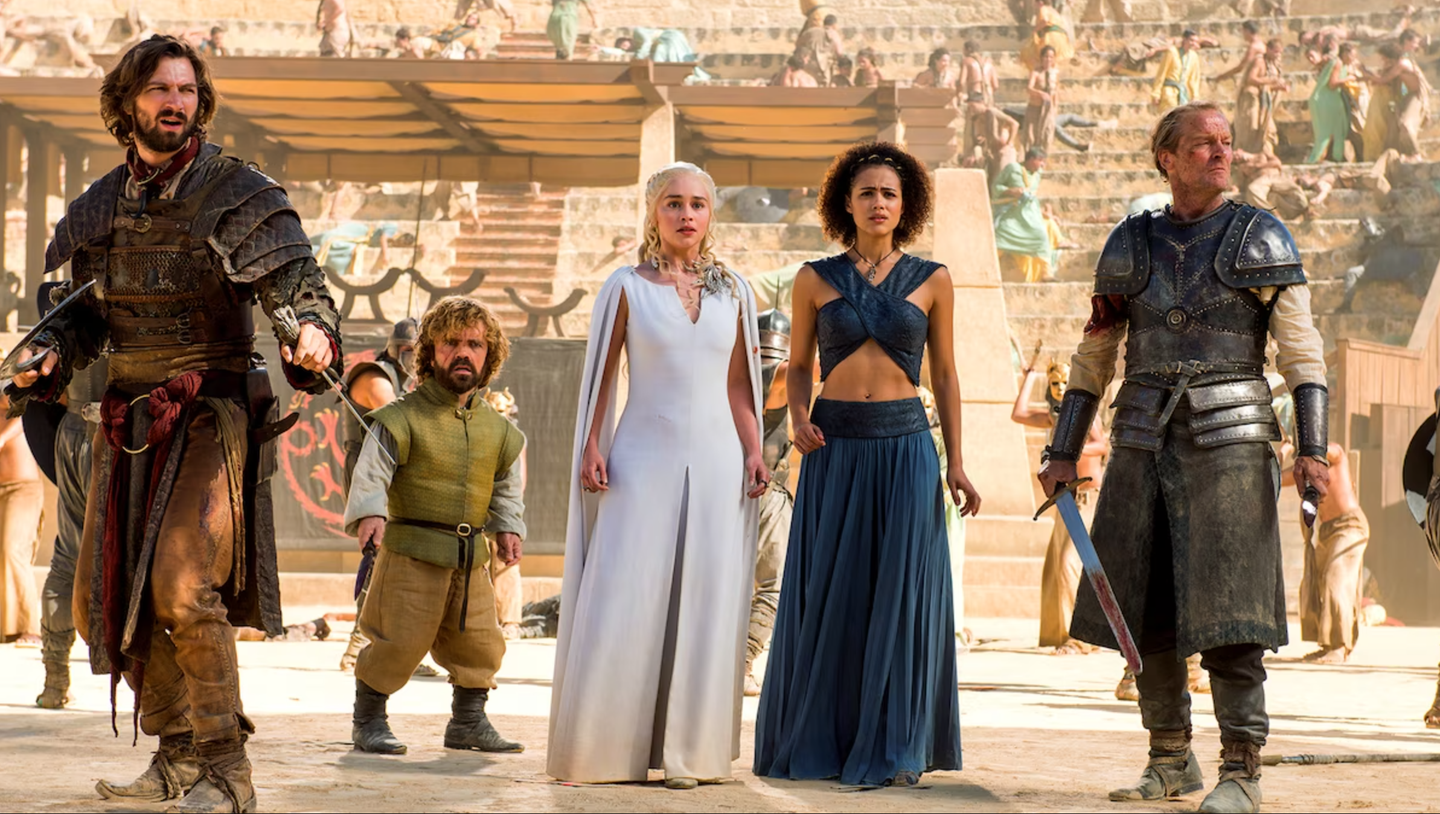Game of Thrones is helping scientists understand face blindness – affecting 1 in 50 people worldwide
Psychologists have used the hit TV series Game of Thrones to understand how the brain enables us to recognise faces.

Game of Thrones cast. (CREDIT: HBO)
Psychologists have utilized the hit TV series Game of Thrones to delve into how the brain recognizes faces. This research sheds light on prosopagnosia, or face blindness, a condition affecting about 1 in 50 people and impairing facial recognition.
Prosopagnosia, also known as facial agnosia, is a neurological disorder that makes it difficult to recognize faces. People with prosopagnosia may have trouble recognizing people in person or in photos, and may also have trouble interpreting facial expressions and cues.
The word prosopagnosia comes from the Greek words prosopon, meaning "face", and agnosia, meaning "lack of knowledge". The condition can be divided into two types:
- Apperceptive prosopagnosia: The inability to perceive or process a face cognitively
- Associative prosopagnosia: The ability to perceive a face, but an inability to recognize it or apply meaning to it
Prosopagnosia is usually caused by brain damage, but some people are born with it. There is no treatment for prosopagnosia, but treatments can focus on helping people adapt so they can recognize people in other ways.
The study involved scanning the brains of over 70 participants while they watched footage from Game of Thrones. Half of the participants were familiar with the show's complex characters, while the other half had never seen the series.
MRI scans revealed that when lead characters appeared on screen, brain activity increased in regions associated with non-visual knowledge about the characters in participants familiar with the series. These participants also showed increased connections between the visual brain and non-visual regions. Conversely, these waves of activity were significantly reduced in those who had never watched the series.
To determine the importance of these regions for face recognition, researchers repeated the study with individuals with prosopagnosia. As in the previous group, half had watched Game of Thrones, and half had not. The effect of familiarity was absent in the brain regions where it was present in neurotypical participants. Additionally, connections between visual and non-visual regions were reduced in those with face blindness.
Professor Tim Andrews from the Department of Psychology at the University of York, senior author of the study, explained: “We were really excited to see the results of our study as they suggest that our ability to recognize faces relies on what we know about people, not just what they look like.”
He elaborated, "While it was believed that we recognize faces by learning their visual properties—such as features, configuration, and texture—our study indicates that it involves connecting a face with knowledge about the person, including their character traits, body language, our personal experiences with them, and our feelings towards them."
Related Stories
Facial recognition is crucial for daily life and social interactions. Difficulties in this area can significantly impact lives and relationships, often leading to mental health issues and social anxiety. Andrews added, “Our research enhances the understanding of how prosopagnosia appears to be linked to reduced neural connections, making it challenging to associate faces with personal knowledge, which is crucial for recognition.”
The choice of Game of Thrones was intentional due to its international appeal and numerous well-developed characters. Kira Noad, the study's lead author and a PhD student in the Department of Psychology, stated, “We chose to show participants footage from Game of Thrones because the series captivated people around the world with its strong characters and their deeply nuanced personalities.”
Noad noted that previous studies on the brain mechanisms behind facial recognition were often conducted in laboratory settings using 2D static images of faces. This study aimed to create a more realistic format, using video to show complex scenes with multiple people. “We now need to carry out further studies to explore in more detail how activity across different regions of the brain allows us to recognize faces as well as what factors can disrupt this process,” she said.
Note: Materials provided above by The Brighter Side of News. Content may be edited for style and length.
Like these kind of feel good stories? Get The Brighter Side of News' newsletter.
Joshua Shavit
Science & Technology Writer | AI and Robotics Reporter
Joshua Shavit is a Los Angeles-based science and technology writer with a passion for exploring the breakthroughs shaping the future. As a contributor to The Brighter Side of News, he focuses on positive and transformative advancements in AI, technology, physics, engineering, robotics and space science. Joshua is currently working towards a Bachelor of Science in Business Administration at the University of California, Berkeley. He combines his academic background with a talent for storytelling, making complex scientific discoveries engaging and accessible. His work highlights the innovators behind the ideas, bringing readers closer to the people driving progress.



